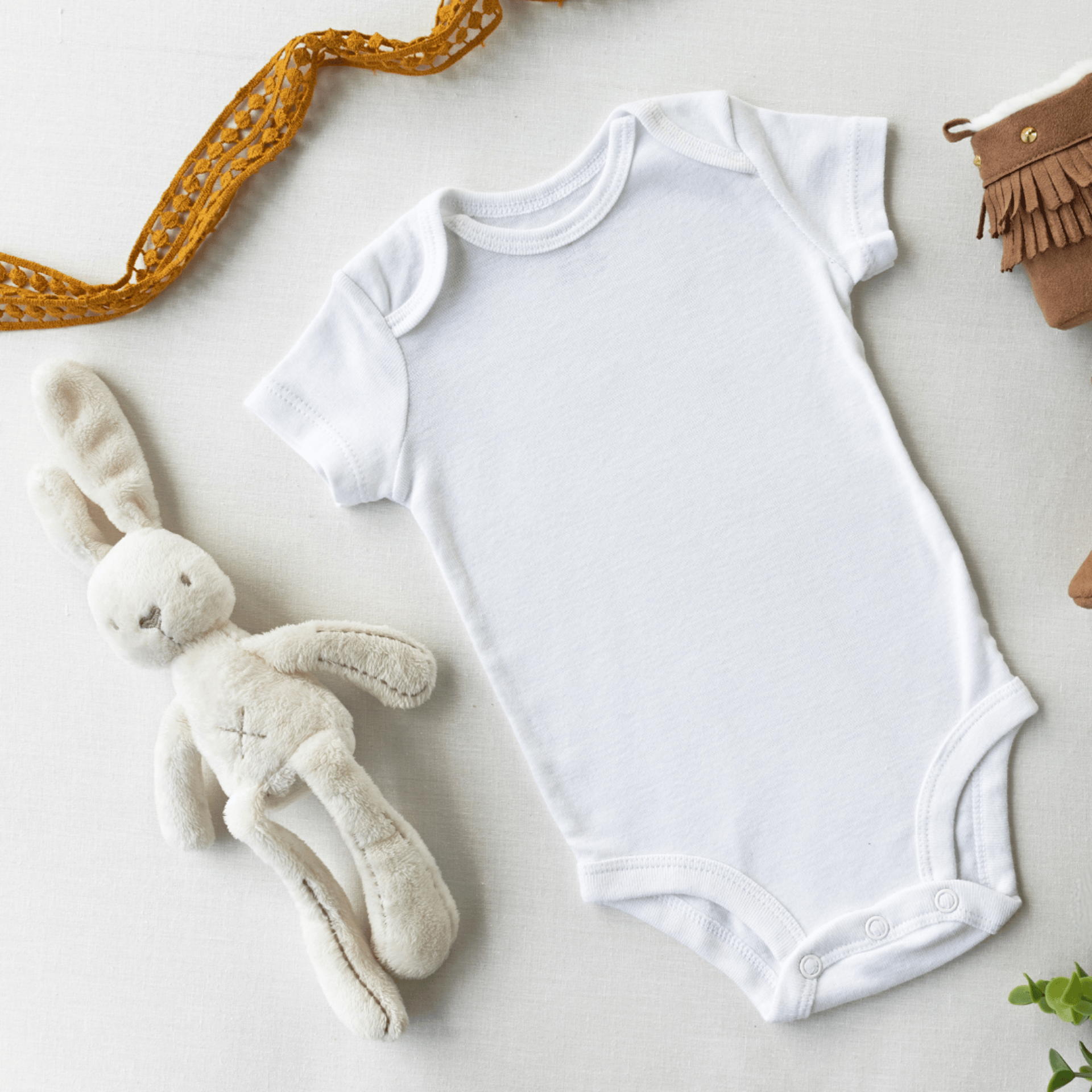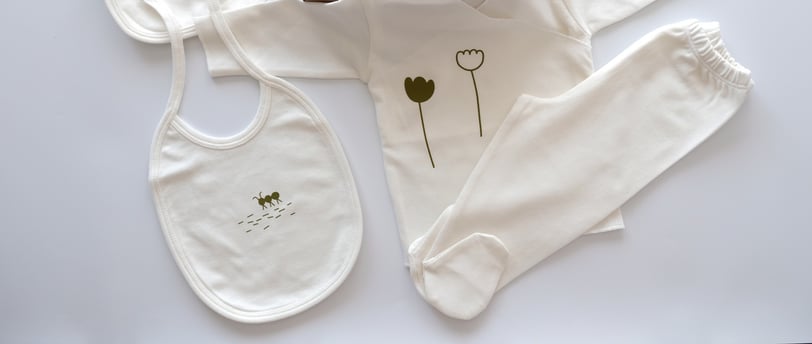
How to Care for Organic Fabrics: A Guide for Parents from Oja Baby
Caring for organic baby clothes is not just a household routine—it’s an extension of the intentional choices made to protect little ones, starting from the softest fibers. Choosing organic fabrics is about trust and safety, but how we care for them at home matters just as much as how they’re made. With gentle habits and a bit of mindful science, organic baby clothes can stay beautiful, pure, and comforting to sensitive skin—just as they were meant to be.
4/24/20252 min read


Why Organic Care Requires a Gentle Touch
Organic fabrics are free from harsh chemical residues by design. While this is reassuring for any parent or caregiver, it also means that the fibers aren’t artificially strengthened or “coated” the way some conventional clothes are. The absence of synthetic protectants makes organic materials wonderfully breathable and non-irritating, but also more sensitive to harsh detergents, hot water, and aggressive washing.
Research highlighted in Textiles and Human Skin: Microbial Interactions (Microorganisms, 2020) points out that the detergents and softeners we use can linger, affecting not just the structure of fabrics, but potentially interacting with residues left on clothing. Babies’ skin, as science confirms, is more permeable and prone to irritation—so thoughtful laundering is about more than keeping colors bright; it’s a matter of comfort and health (Vogt et al., 2020).
1. Choose Your Detergent Wisely
Look for fragrance-free, dye-free, and enzyme-free laundry detergents, ideally certified for sensitive skin. This helps prevent substance build-up that can lead to rashes or discomfort. A study from Pediatric Dermatology underscores the importance of avoiding irritants in baby laundry to reduce skin issues (Vogt et al., 2020).
2. Wash in Cool or Warm Water
Gentle water temperatures are best. Hot water may cause organic cotton to shrink or lose softness over time. Most light stains from daily baby life—milk, puree, grass—release easily in cool or warm cycles, protecting fiber strength and longevity.
3. Dry with Care
Whenever possible, air dry organic garments. Sunlight is a natural disinfectant—just avoid overexposure, which can fade natural dyes. If using a dryer, opt for a low-heat setting, and consider skipping dryer sheets, as conventional varieties can leave residues.
4. Treat Stains the Natural Way
Spot clean with a paste of gentle soap and cool water, letting it sit for a short time before washing. Avoid bleach—organic fabric’s purity means it responds best to simple solutions.
5. Store with Breathability in Mind
Keep organic items in a dry, well-ventilated place. Avoid plastic bins without airflow, as natural fibers benefit from a little breathing room.
A Final Thought from Oja Baby
Every step you take in caring for organic baby clothes is a small act of protection. The same mindfulness that brings organic textiles into your home can carry through wash day and beyond. Gentle routines preserve not only the fabric, but the comfort and health those soft, safe layers promise.
When care is taken in even the smallest routines, what remains is not just a garment, but a sense of trust—a fabric’s story, well kept, and a little one’s well-being, respected.
References:
Vogt, P. M., et al. (2020). Pediatric Dermatology.
Kan, C.-W. (2020). Textiles and Human Skin: Microbial Interactions. Microorganisms, 8(12), 1964.
